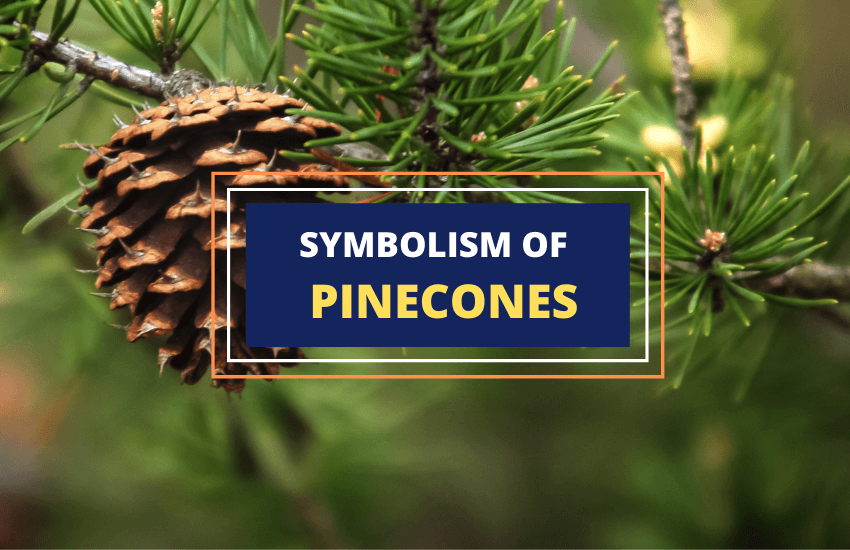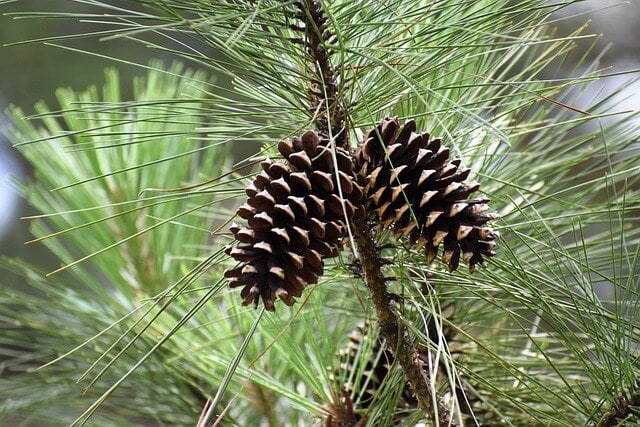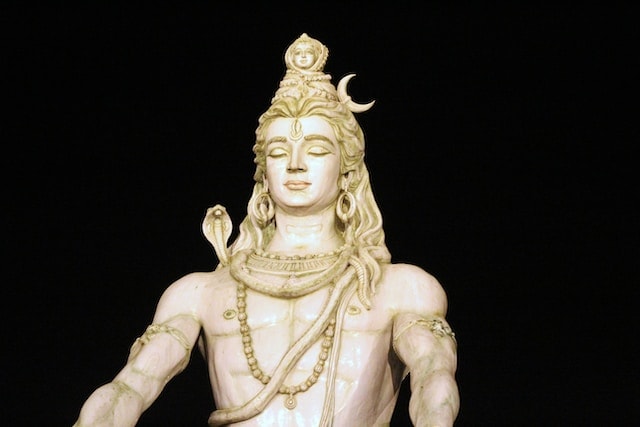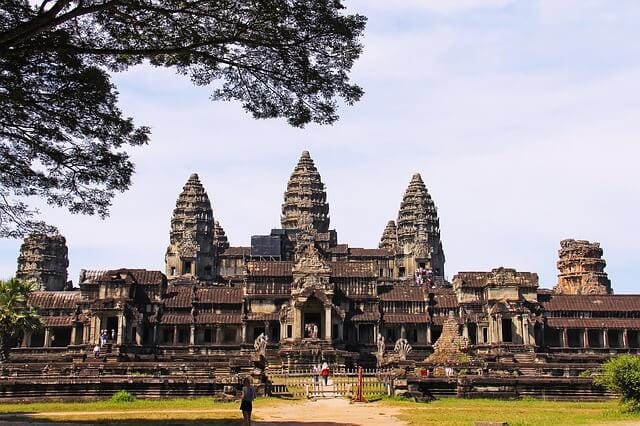
Table of Contents
At first glance, scaly brown pinecones hardly seem very important or significant. Most people think of them as nothing more than decorative objects for festive occasions. But in reality, pinecones are very useful and have contributed immensely to the natural environment. They are also intricately connected to the belief systems of many ancient cultures. Let’s take a closer look at the meaning and significance of pinecones.
History of Pinecones

Pine trees are one of the oldest species on planet earth, with a history that traces back nearly 153 million years ago. These trees are categorized under an ancient group of plants called gymnosperms. They produce conical organs known as pinecones.
Pinecones are woody and scaly structures that store seeds and assist in the regeneration of the tree. They open up during warm seasons and release the seeds for further growth and development. In this way, pinecones have played a major role in the evolutionary progress of conifer trees.
Symbolic Meanings of Pinecones
While they might look like dead things on the forest floor, pinecones are highly symbolic. And as a carrier of seeds, they represent many positive concepts. Here are some.
- Regeneration and Resurrection: Pinecones are symbols of regeneration, as they contribute to the existence of pine trees by protecting, nurturing, and caring for their seeds. The pinecone’s ability to release seeds and give rise to new pine trees is seen as a representation of growth, renewal, and the cycle of life. The shedding of seeds can symbolize the release of old patterns and the embrace of new beginnings.
- Enlightenment: Pinecones are closely associated with the Pineal gland, also known as the seat of the third eye. In some cultures, it’s said that an individual first taps into all energy sources within their body, before reaching their forehead, which is the source for ultimate spiritual attainment and enlightenment.
- Maturity: Pinecones are a symbol of maturity, as they only open their scales when they are completely prepared to release the seeds. This represents the ability to know yourself thoroughly and be in full control of your needs and abilities.
- Fertility: As the pinecone holds the seeds of the pine trees, they are associated with fertility. By releasing them, they allow for new growth and regeneration, perpetuating the life cycle.
- Festivity: For most people in the Western world, a pinecone represents Christmas and the festive season. They’re commonly used to decorate Christmas trees and to give a warm, cosy touch to any festive décor.
Pinecones in Different Cultures

Pinecones have played an important role in many ancient civilizations and cultures. Let’s take a closer look at the deeper meanings of pinecones.
1. Aztecs
For the Aztecs, pinecones were a symbol of spirituality and immortality. The Aztec goddess of agriculture and nourishment was often depicted with pinecones and evergreen trees. In the goddesses’ hands, these objects represented immortality and eternal life.
2. Egyptians
The Egyptian God Osiris carried a snake-staff tipped with a pinecone. Although it seems that the Egyptians didn’t attribute any particular meaning to this pinecone, researchers have associated it with Kundalini energy. Accordingly, the snakes in the staff represent the rise of Kundalini energy, and the pinecone itself symbolizes the pineal gland or the point where the energy culminates.
3. Assyrians
For the Assyrians, pinecones were a symbol of immortality and enlightenment. Ancient Assyrian palace carvings consisted of winged deities, holding aloft pinecones. A few of these pinecones were used to pollinate the Tree of Life.
4. Celts
In Celtic culture and traditions, pinecones were a symbol of fertility and regeneration. Celtic women would keep pinecones under their pillows to speed up the process of conception.
5. Greeks
In Greek mythology, Dionysus, the god of wine and fruitfulness, carried a staff tipped with a pinecone. This This staff was a symbol of fertility and was used for ritualistic purposes. The female followers of Dionysus also carried a similar staff which granted them supernatural powers.
Pinecone Symbolism in Different Religions
Pinecones have been intricately connected to the largest belief systems in the world. Let’s take a brief look at what they represent in different religions.
Pinecones in Christianity

Pinecone iconography and symbols are widespread in Christianity. The pope himself carries a holy staff with a carving of a pinecone. Additionally, the three crowns in the Coat of Arms resemble the structure of a pinecone. In these objects, the cone represents the all-seeing third eye, which has the power to perceive beyond the ordinary.
Pinecones are also seen as a symbol of enlightenment and illumination in the Christian faith. Many churches have candle holders and lamps carved in the shape of pinecones.
Some scholars also believe that Eve didn’t desire an apple, but was rather tempted by a pinecone. According to this theory, pinecones are accompanied by snakes because they were once the original object of temptation.
Buddhism
In Buddhism, the pinecone’s role as a seed and its potential to grow into a towering tree are seen as symbols of the potential for enlightenment within all beings. It represents the inherent Buddha nature within each individual and the journey towards spiritual awakening.
Pinecones in Hinduism

In Hinduism, several gods and goddesses are depicted with pinecones in their hands. Shiva, the deity of destruction, has a hairdo that resembles a pinecone. The symbolic meanings of these representations can’t be ascertained, but it’s safe to say that pinecones were an integral part of ancient Hindu culture.
Wicca and Modern Paganism
In modern spiritual practices, such as Wicca and contemporary Paganism, the pinecone may be used as a symbol of nature’s wisdom, spiritual growth, and the cycles of life and death. As a natural object, it’s highly valued for its symbolism.
Pinecones and the Pineal Gland

Pinecones are closely associated with the pineal gland, both in terms of appearance and functions. The gland, located between the two hemispheres of the brain, is shaped like a pinecone. Both the pinecone and pineal gland regulate the intensity of light based on their needs and requirements.
The pinecone closes its scales when it’s cold or dark and opens itself when warmth returns. Similarly, the pineal gland regulates melatonin levels to keep people awake during the day and make them sleep at night.
Pinecones and the Pineal gland have also been seen as the highest symbol of enlightenment. In Eastern cultures, the pineal gland is the seat of the third eye, which opens up during the peak of spirituality.
Pinecones in Art and Sculptures
Pinecones are a part of many ancient art pieces, sculptures, and edifices. While not often obvious, they have inspired human creativity for centuries.
Angkor Wat

In the ruins of Angor Wat, Cambodia, there are many instances of pinecone symbolism. The most striking feature of the building is gigantic towers that are carved like pinecones.
Pigna
The ancient Romans built a Pigna or a bronze sculpture shaped like a pinecone. According to one myth, this was placed on top of the Pantheon and served as a lid for the building’s vault. The Pigna later became a fountain and was kept near the Temple of Isis. Nowadays, the sculpture can be found in Vatican City.
Masonic Decoration
Pinecones are significant in Masonic decoration and art. They are etched onto the ceilings of Masonic Lodges and buildings. A Masonic design in a New York building features two snakes and a pinecone.
In Brief
Pinecones have been an integral part of human societies and cultures since ancient times. As a practical and beautiful object, the pinecone continues to inspire and captivate human imagination. While it might appear like a simple object, it’s replete with symbolism and meaning, making it highly valued in different cultures and even in art and architecture.
Related articles
Traditional Reiki and Its Four Symbols: Power and Controversy
Golden Spiral: What Does This Ancient Symbol Mean?
Acorn Symbolism: What Does this Little Nut Mean?








